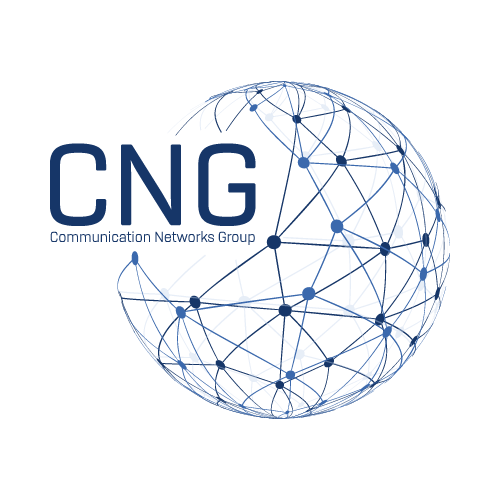
The talk slides are here.
Query Age of Information: An Operational Metric for Semantic Communication
Abstract
Semantic communication is referred to as the provisioning of the right and significant piece of information to the right point of computation at the right time. Query Age of Information (QAoI), defined as the average age-of-information (AoI) measured at query instants that occur at the computation side according to a stochastic arrival process, is a recent metric that enables us to incorporate the ‘right time’ into the objective function. In this talk, after presenting a vision for the architecture of an end-to-end semantic communication network and a categorization of semantic metrics to be used in such an architecture, we will focus on QAoI. In particular, we will consider the problem of minimizing the average QAoI in a pull-based status update communication model where a source node submits update packets to a channel with random transmission delay, at times requested by a remote destination node. This problem is named the pull-or-wait (PoW) problem. We identify the PoW problem in the case of a single query as a stochastic shortest path (SSP) problem with uncountable state and action spaces, which has not been solved in previous literature. We derive an optimal solution for this SSP problem and use it as a building block for the solution of the PoW problem under periodic query arrivals. Furthermore, we contrast the solution of the PoW problem with that of the update-or-wait (UoW) problem, where the source decides when to generate updates to minimize the time-average AoI. We show that when the query instants occur according to a Poisson process, the solution of the PoW problem is equivalent to that of the UoW problem; however, under periodic query arrivals, the optimal QAoI is always less than or equal to the time average AoI under the same power constraint. In addition, we compare AoI and QAoI over a Gilbert-Elliott channel with an ergodic Query process in a power-constrained scenario. Finally, we share a series of experimental results regarding the QAoI of multiple packet flows on a wireless multi-user link consisting of a transmitter (base station) and several receivers, implemented using software-defined radios (SDRs). We believe these results motivate using QAoI instead of AoI for many standard time critical applications and illustrate the importance of semantic communication.
